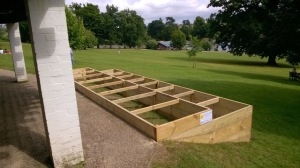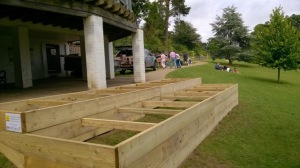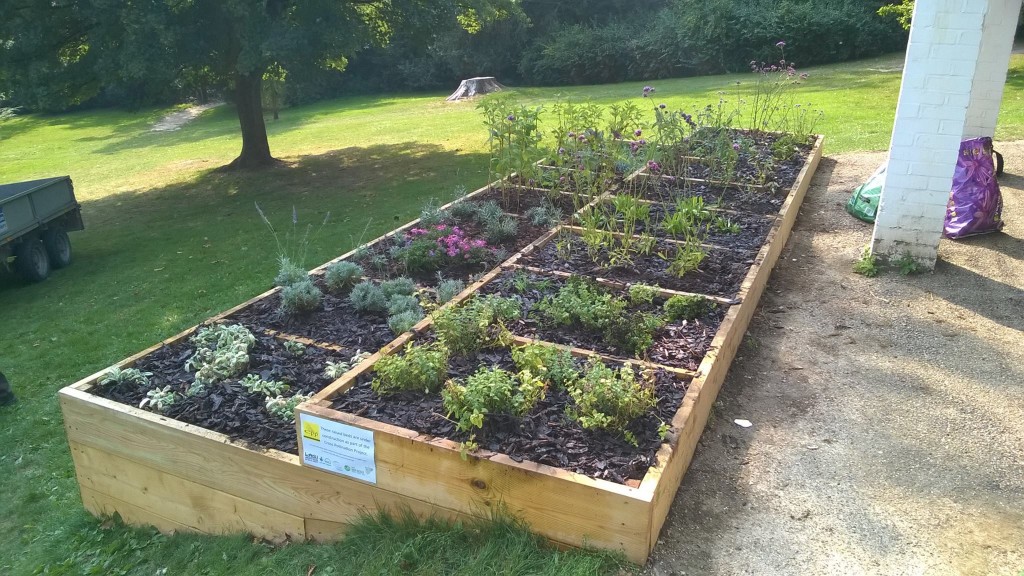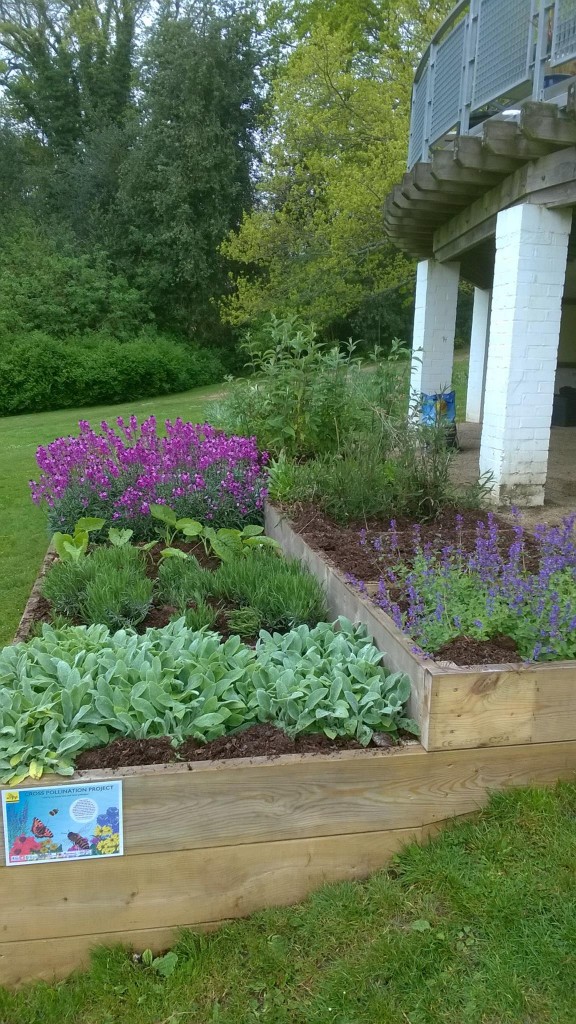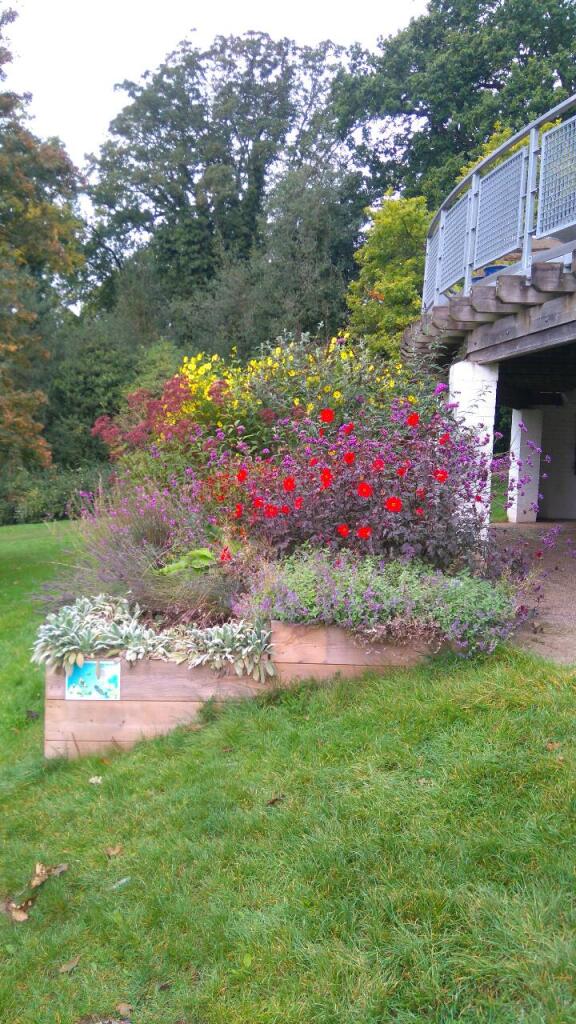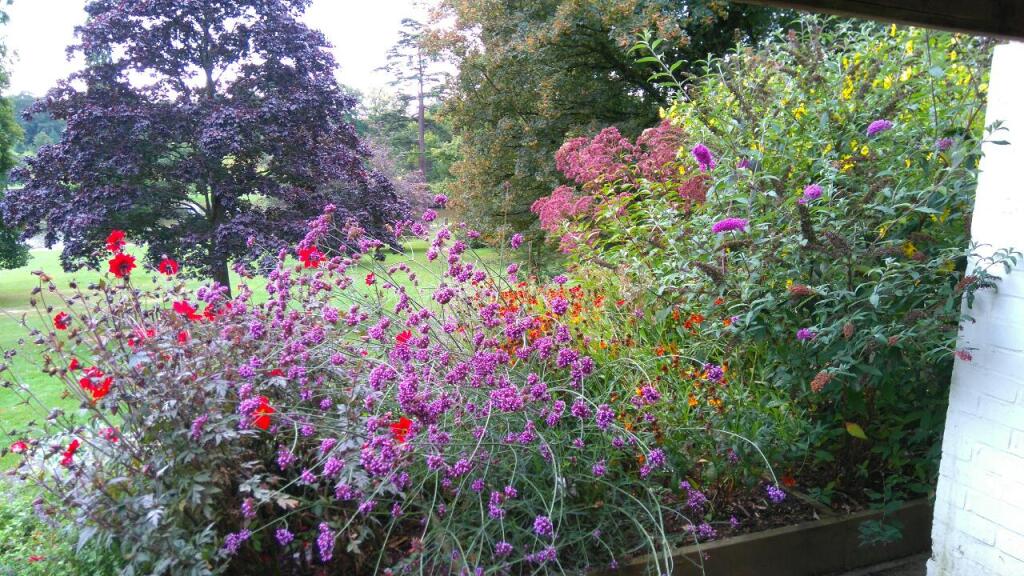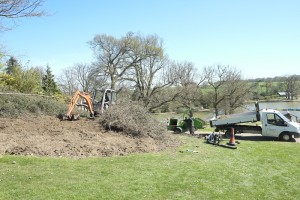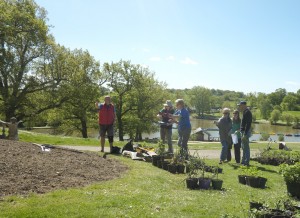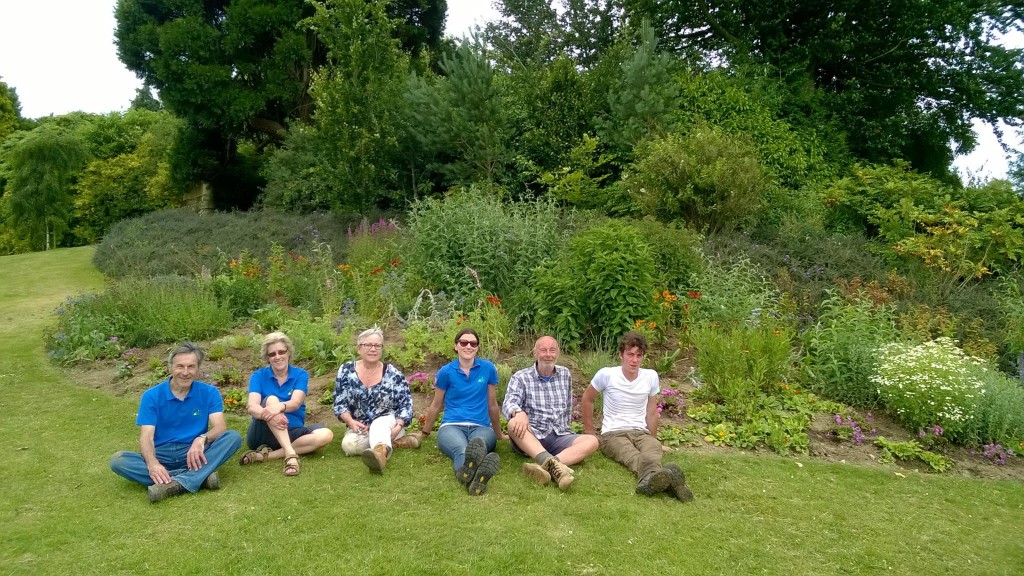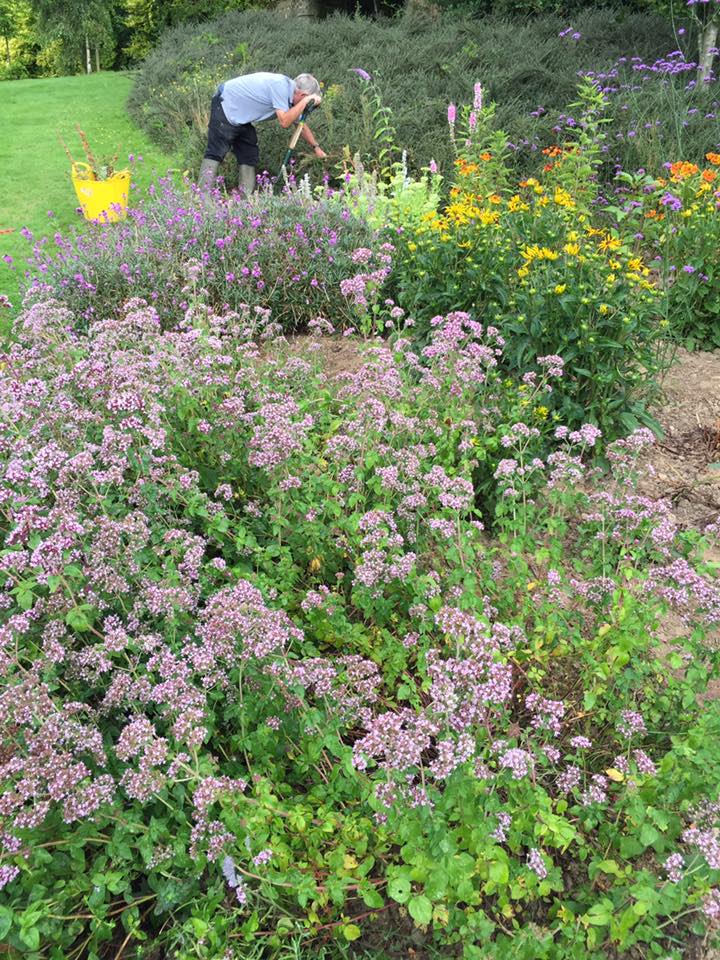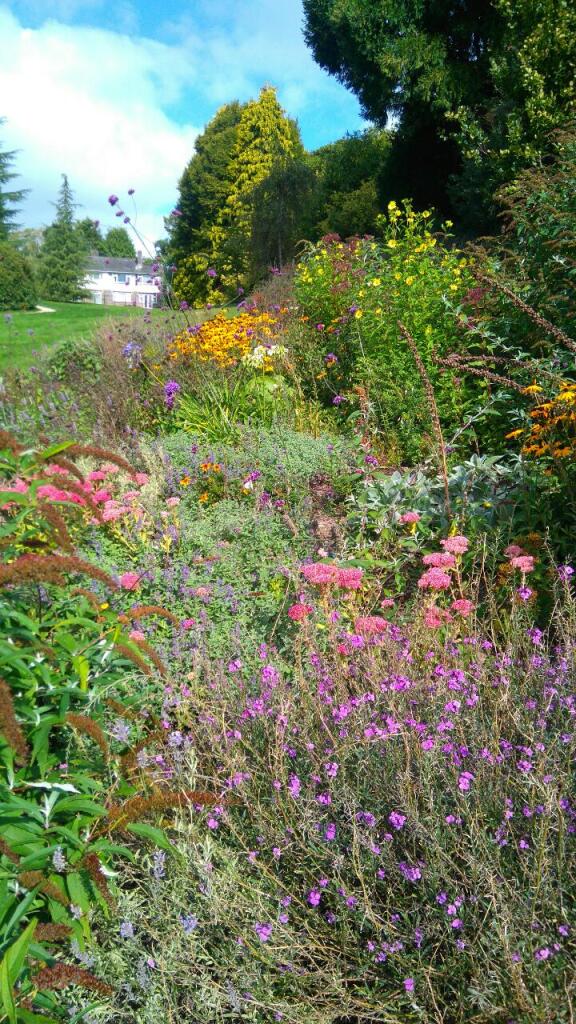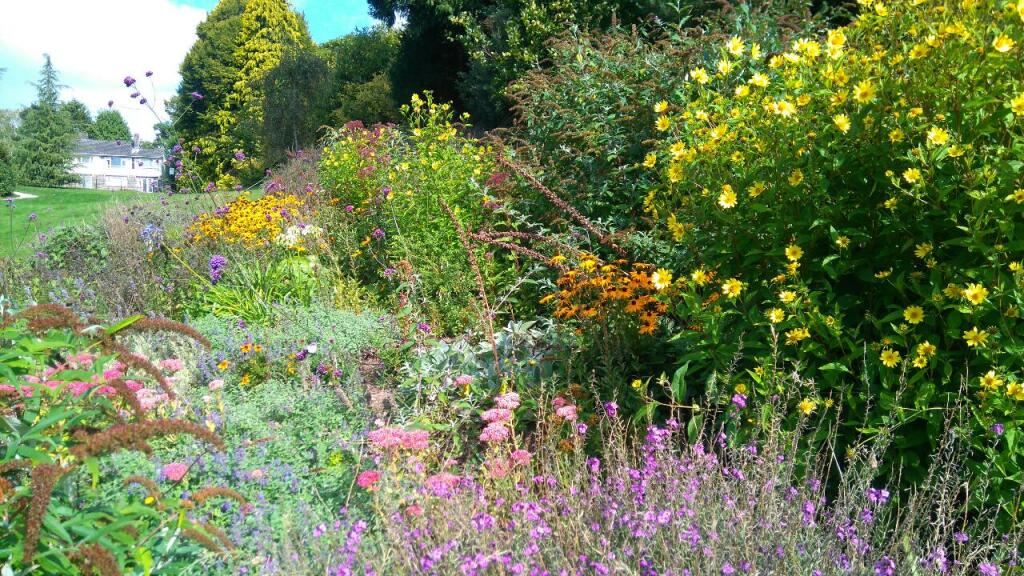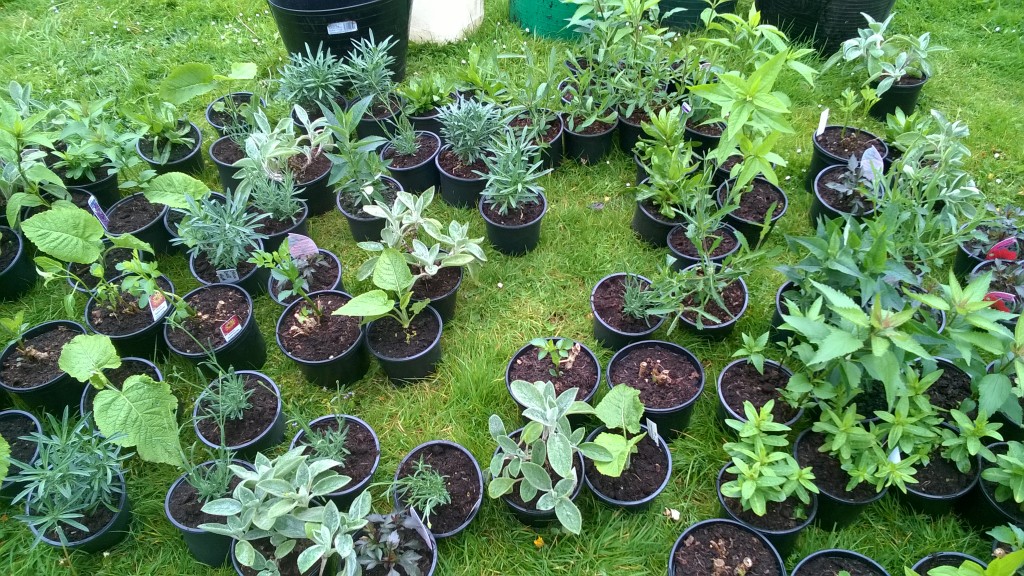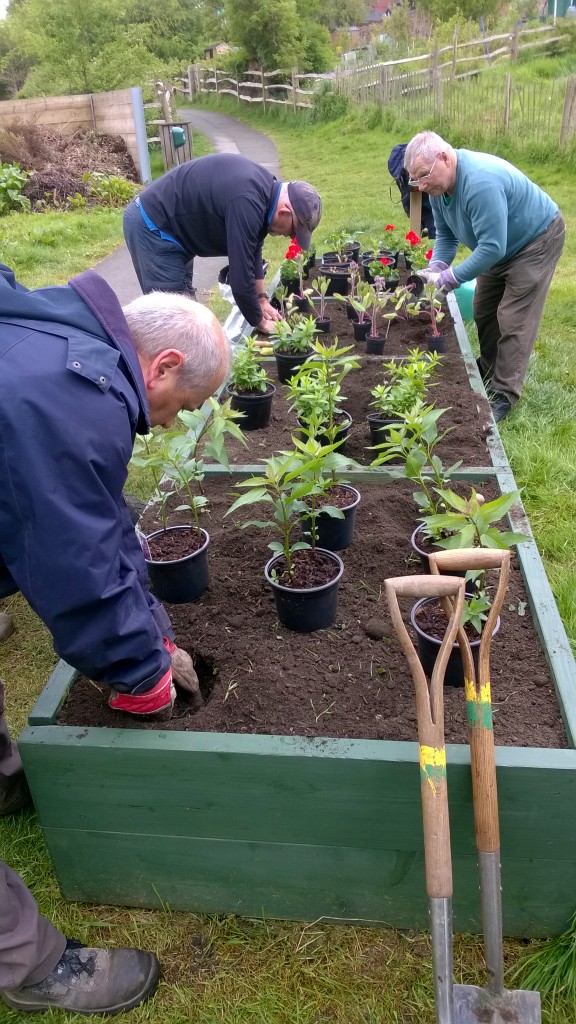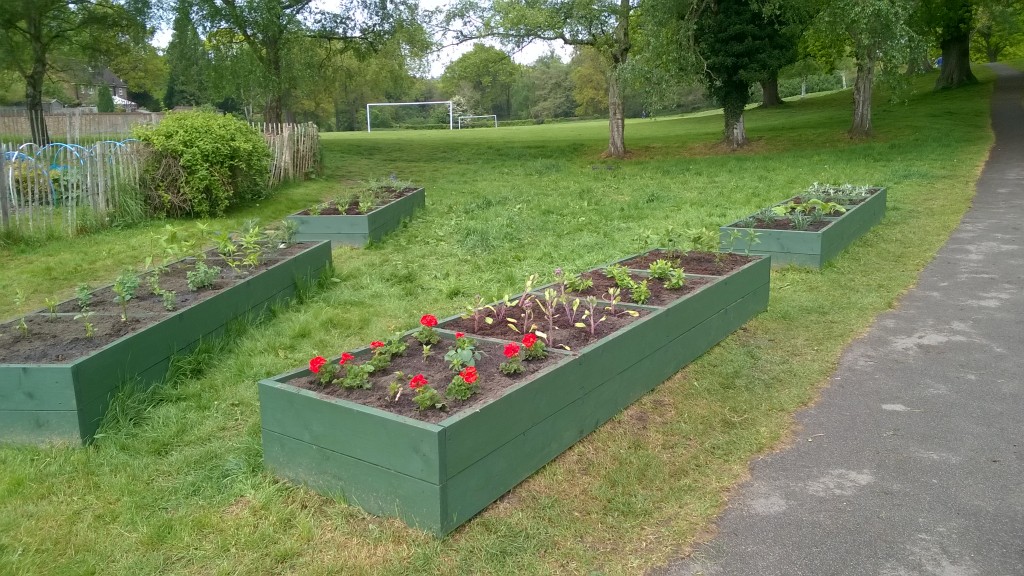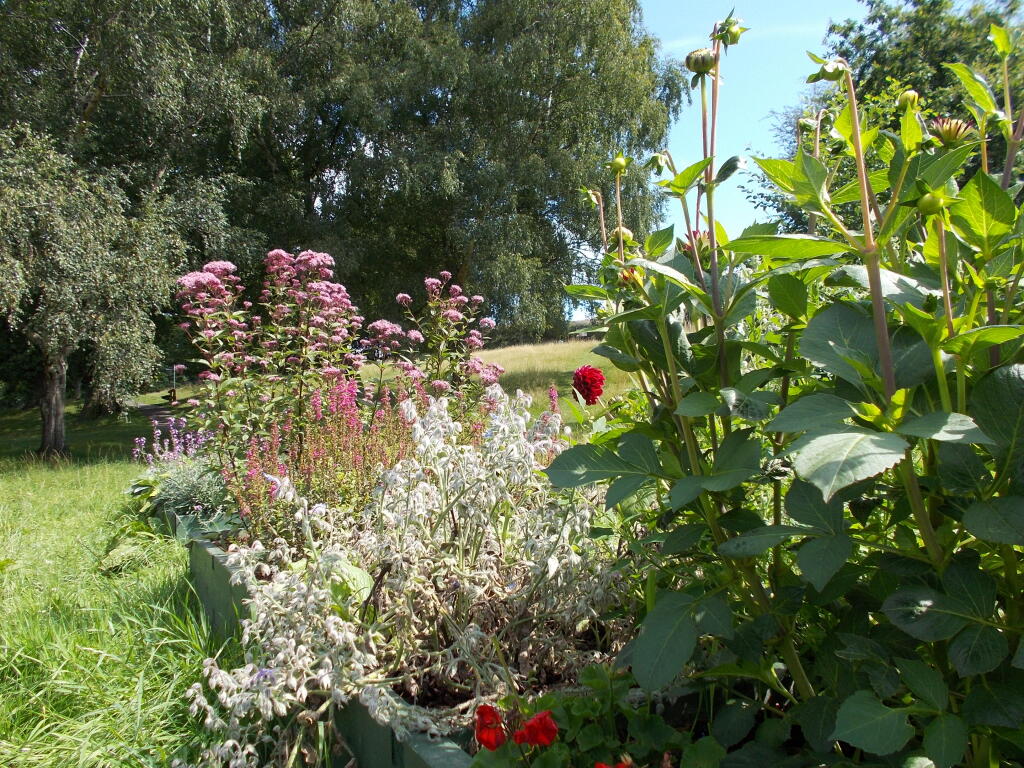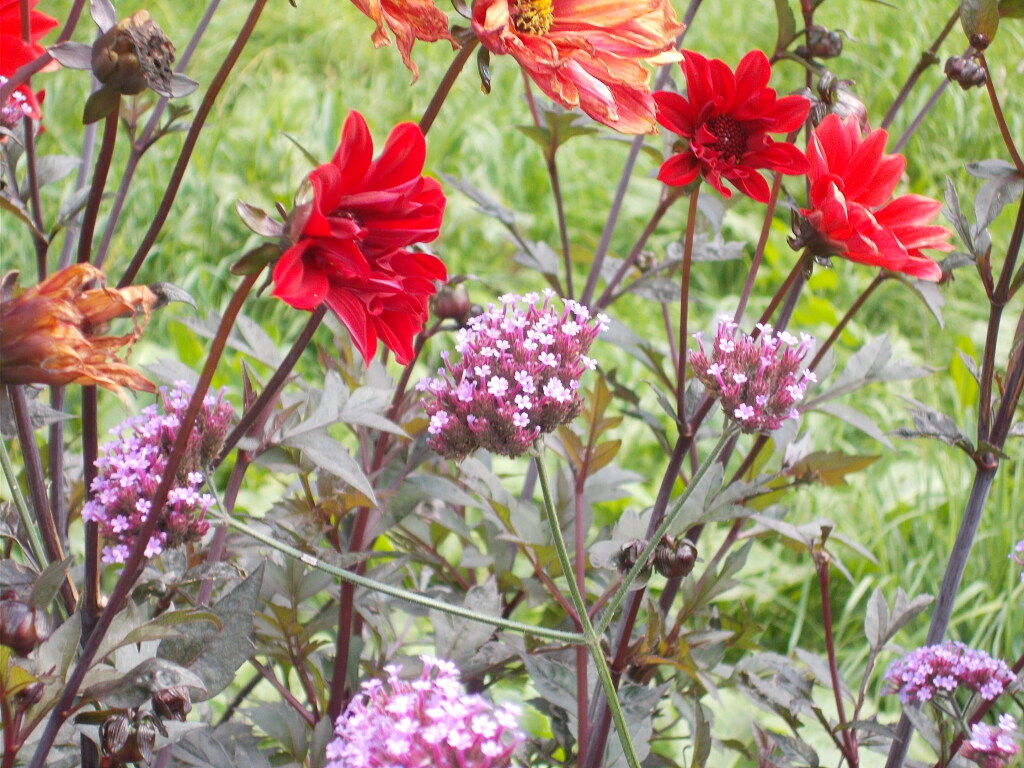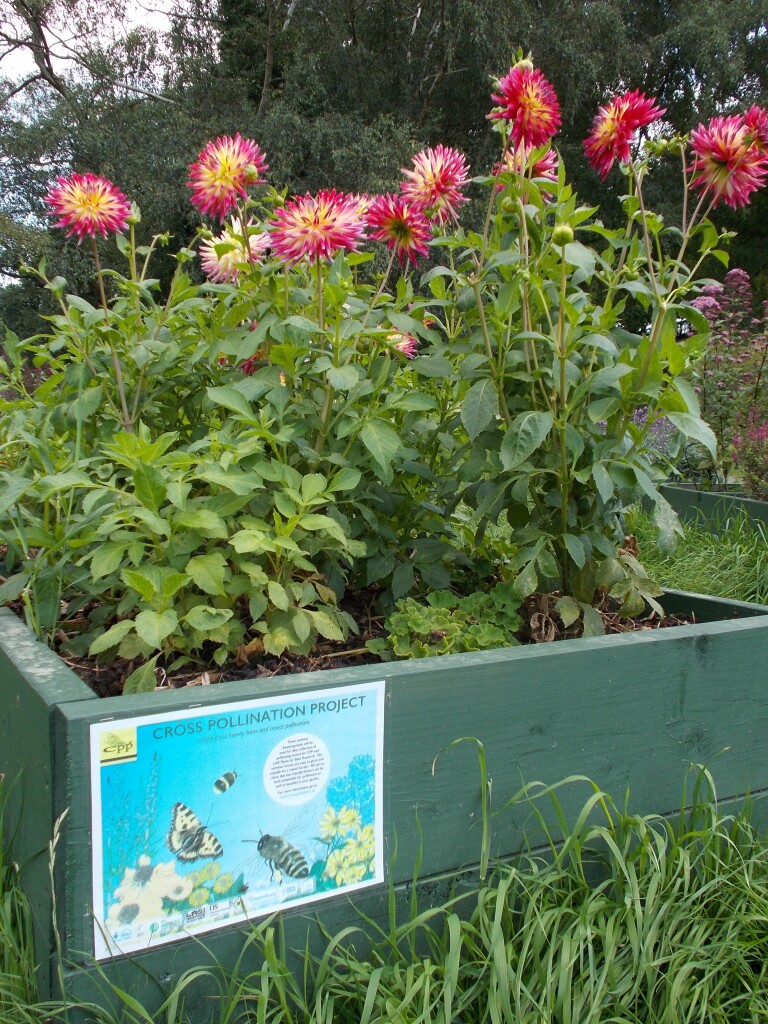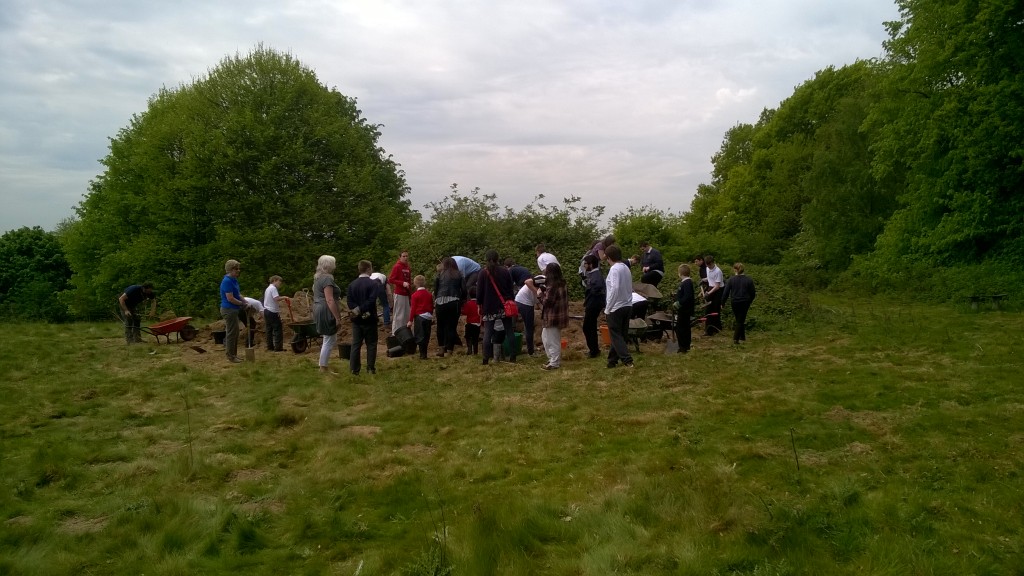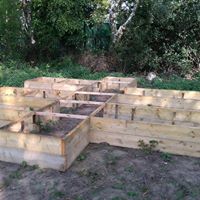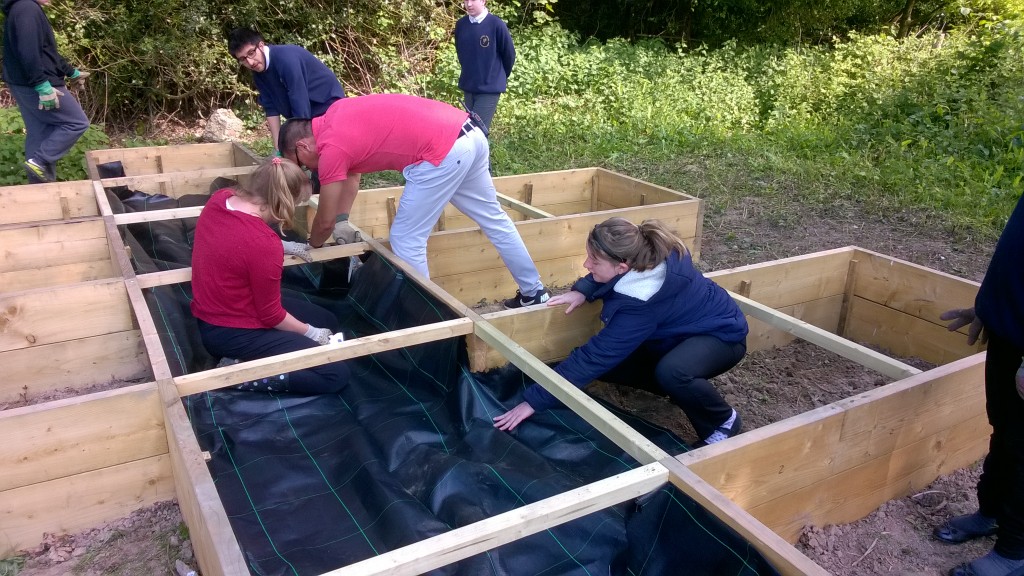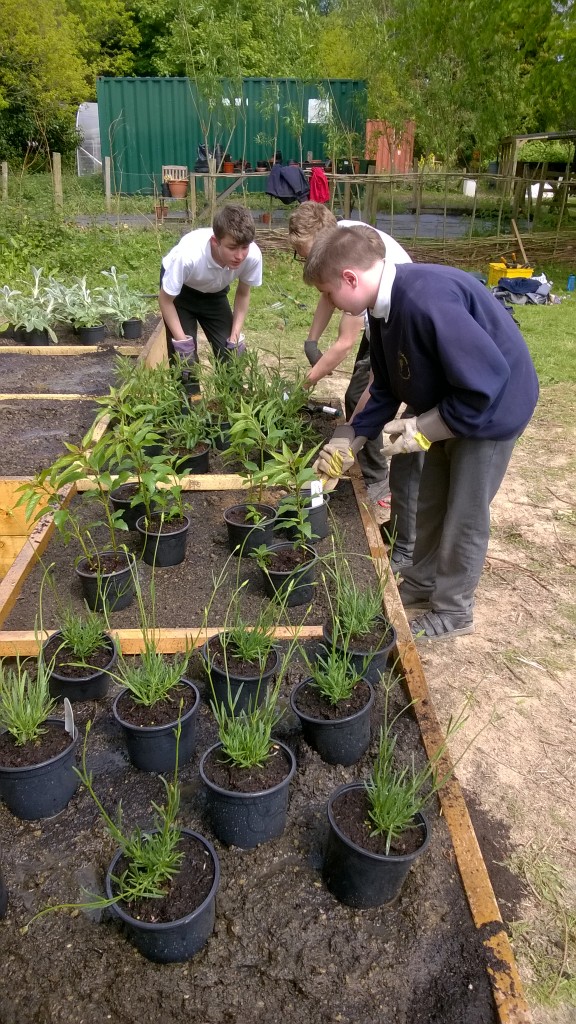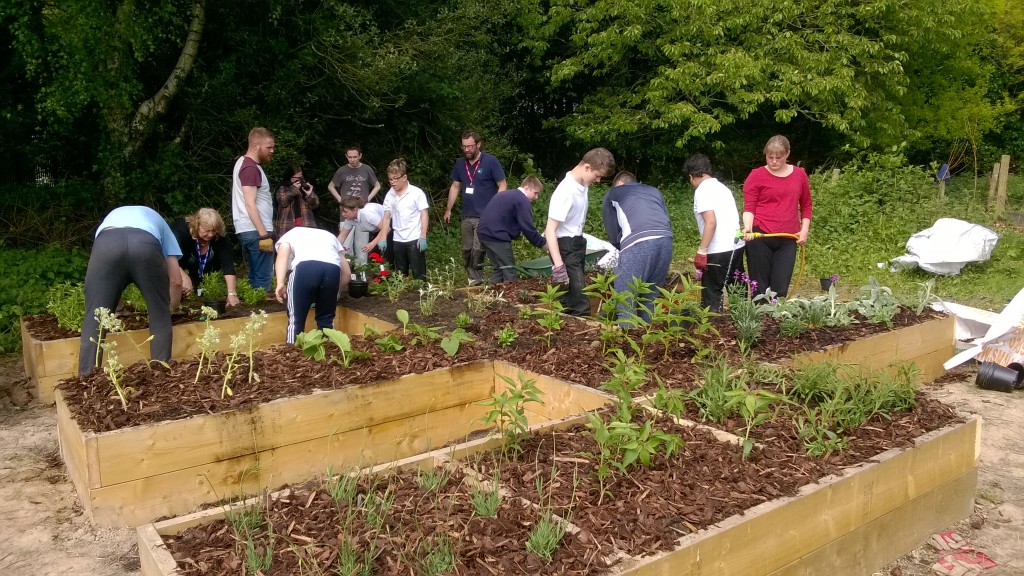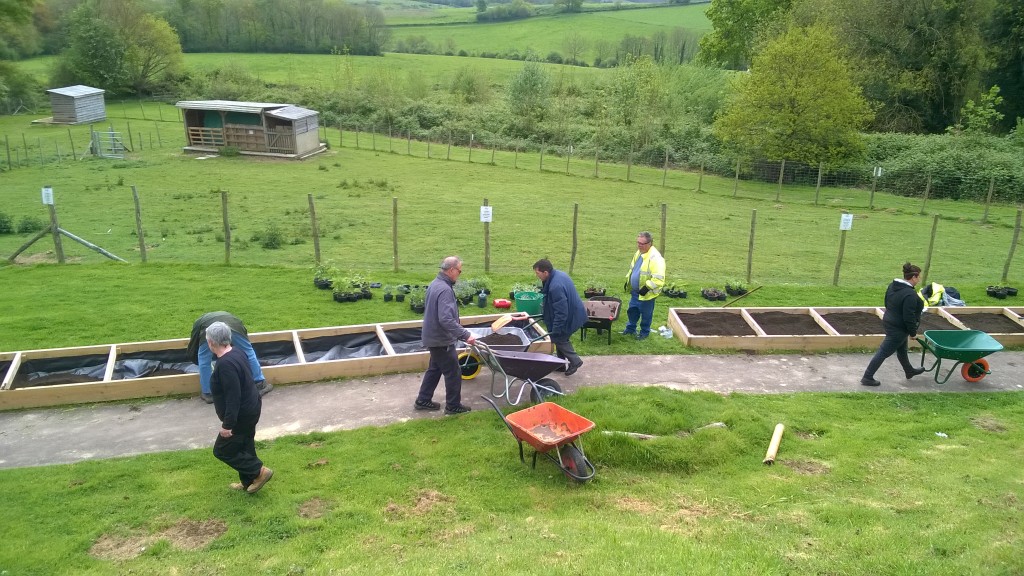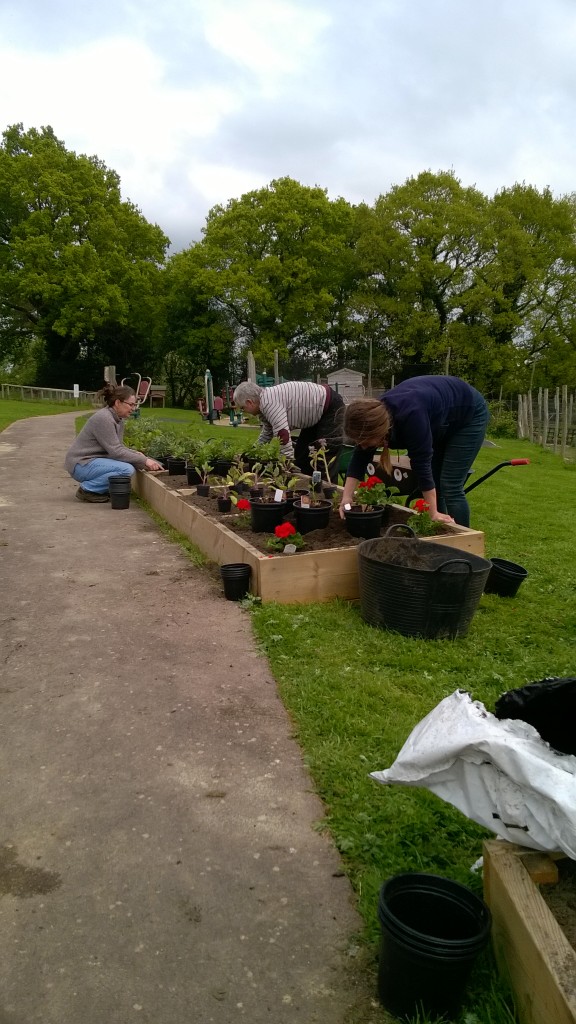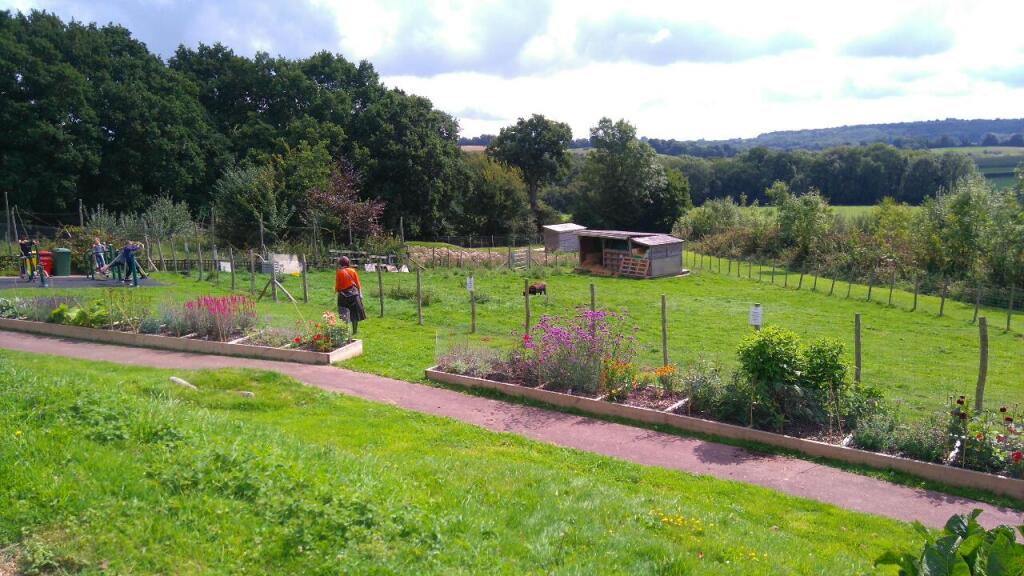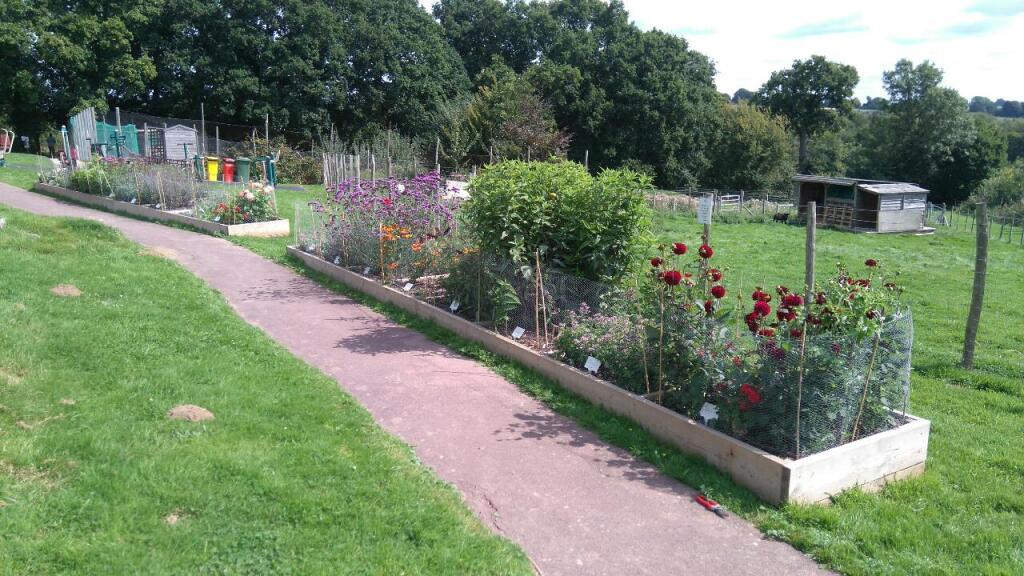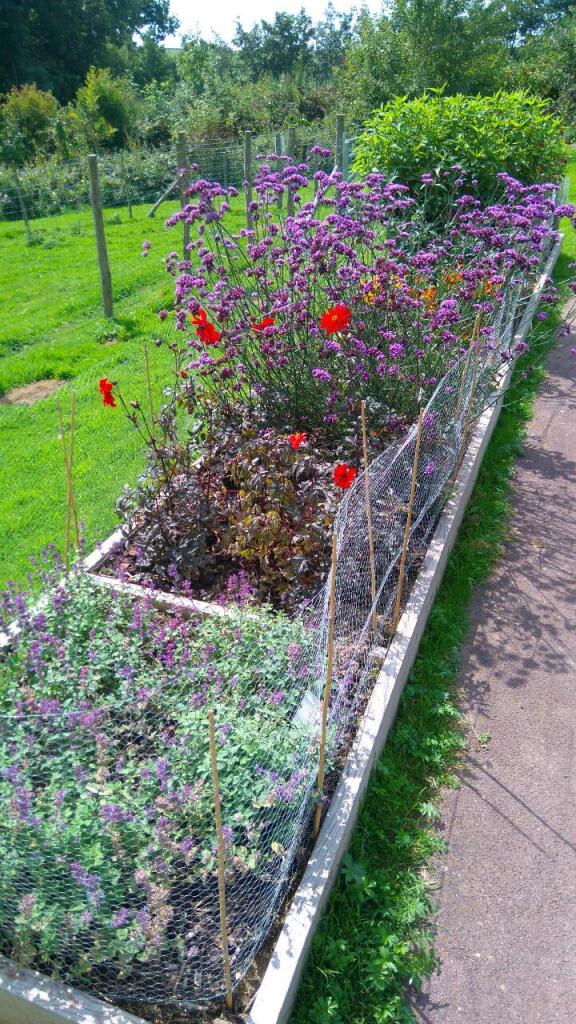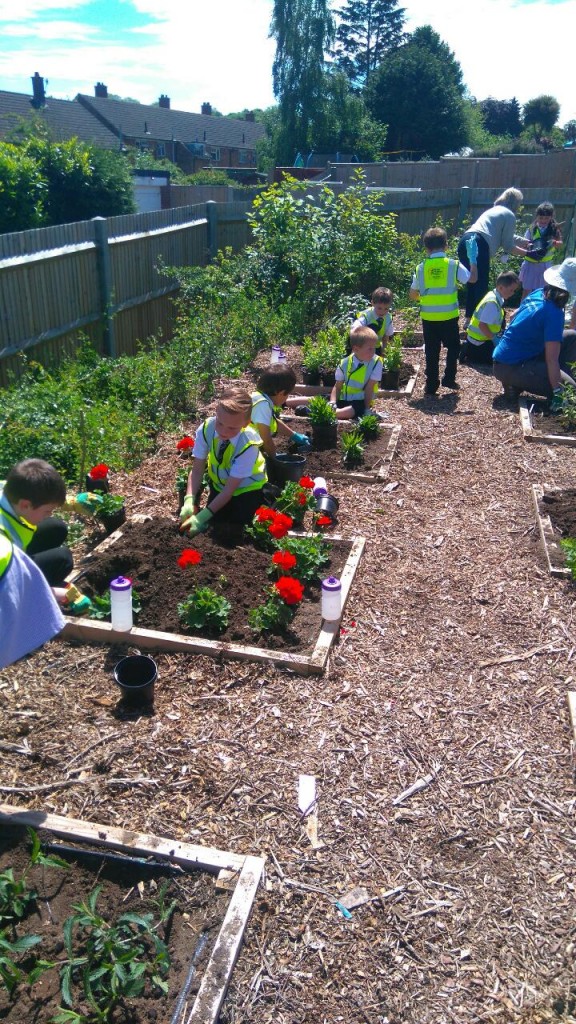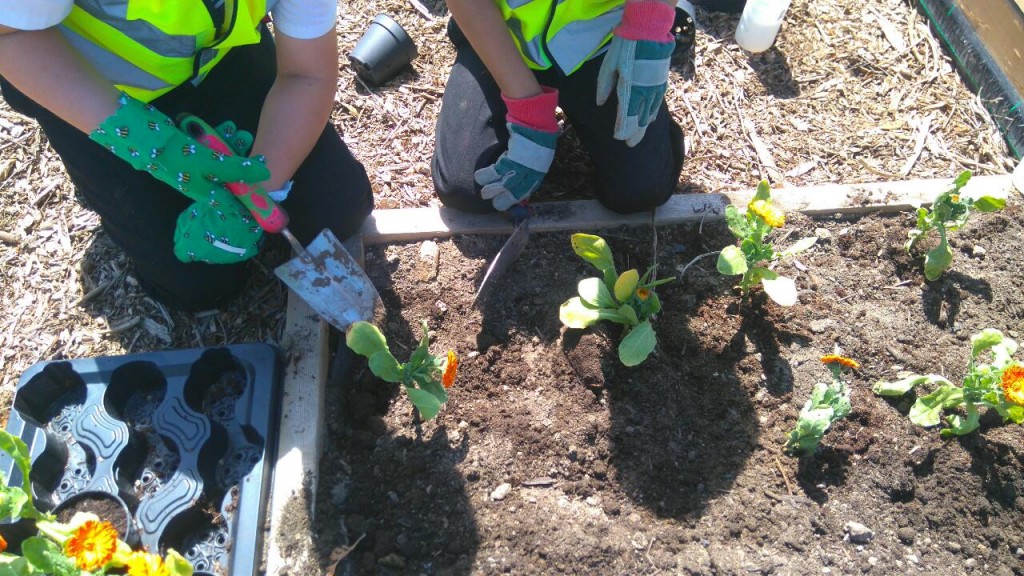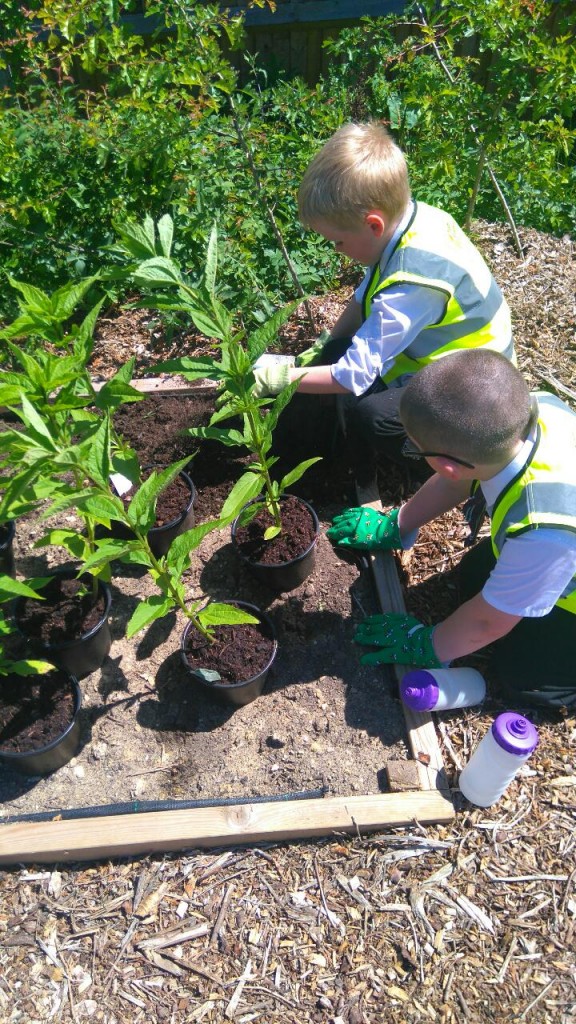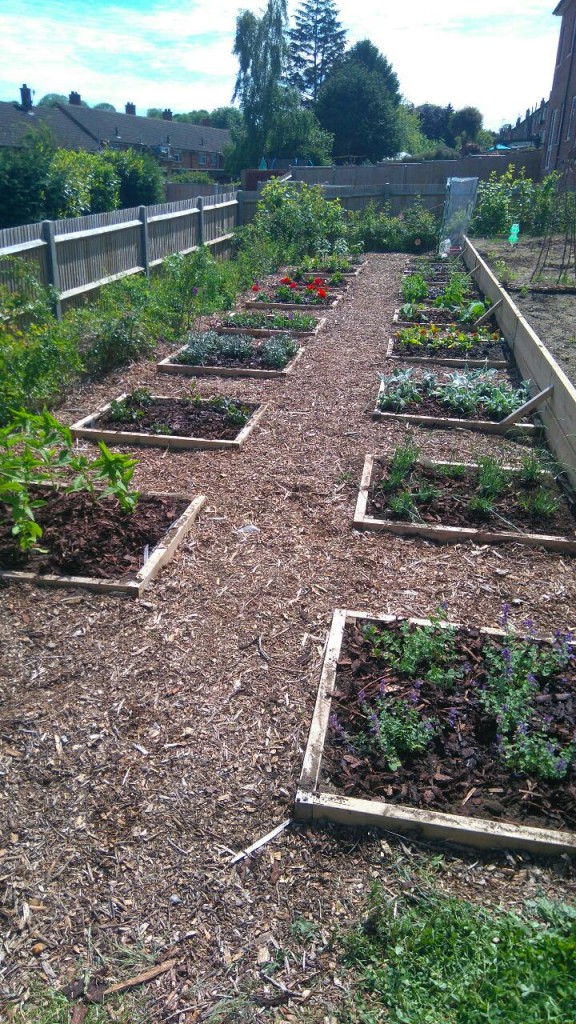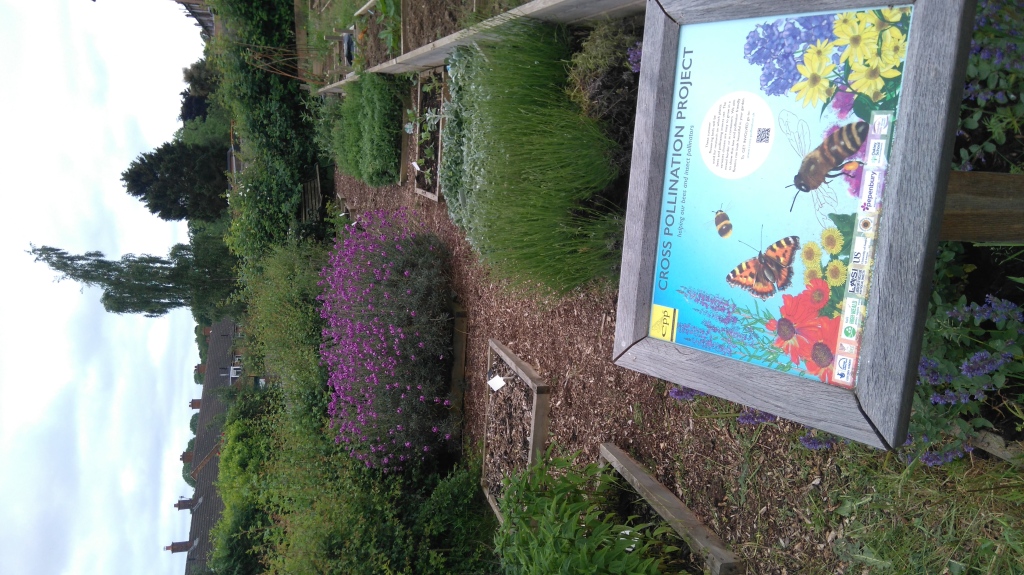The project case study planting sites will take place in public green spaces and gardens planted by local volunteers in the Tunbridge Wells area. Working with the Laboratory of Apiculture and Social Insects (LASI) at the University of Sussex, the aim of the planting is designed to help the honey bee and insect pollinators. The planting scheme will be based on current research from LASI who will collate and interpret the data that will be recorded by local schools and volunteers and then made accessible to all.
There are 17 plants in the study (3 of which are control plants). The focus will be on low cost, easy to grow plants enabling as many people as possible to help provide more foraging opportunities for our pollinators. Summer-flowering varieties have been chosen as summer is the period in which the bees need the most help. During the summer season the bees fly further to flowers because of a shortage of foraging plants they need for food.
Throughout the blooming period, quantitative data collection will be recorded by local schools and community participants. The data will be collected for LASI’s Plants for Bees research programme. In addition to the science research there will be a series of talks and workshops to raise awareness and provide opportunities for people to learn new skills.
The varieties of plants in the project are easy to grow and are suitable for a mixed border. We hope to show that by choosing the right plant varieties, a garden can be both attractive to bees and other important insects and full of beautiful flowers.
Here is a link to a downloadable version of the Cross-Pollination plant list (PDF format).

